Rice knee pain. RICE Method for Knee Pain: A Comprehensive Guide to Rest, Ice, Compression, and Elevation
How does the RICE method help alleviate knee pain. What are the key components of RICE treatment for knee injuries. When should you seek medical attention for persistent knee pain.
Understanding the RICE Method for Knee Pain
The RICE method is a widely recommended first-line treatment for minor knee injuries and pain. RICE stands for Rest, Ice, Compression, and Elevation – four simple yet effective steps to manage acute knee pain and promote healing. This approach can be particularly beneficial for sports-related injuries, sprains, strains, and other minor knee traumas.
What makes the RICE method effective?
The RICE method works by addressing several key aspects of injury management:
- Reducing inflammation and swelling
- Minimizing further damage to the injured area
- Alleviating pain and discomfort
- Promoting blood flow and healing
By combining these four elements, RICE provides a comprehensive approach to early injury care that can significantly impact recovery time and outcomes.

Rest: The Foundation of Knee Pain Recovery
Rest is the first and perhaps most crucial component of the RICE method. When dealing with knee pain, it’s essential to give your body the time it needs to heal without further stress or strain on the affected area.
How much rest is necessary for knee recovery?
The amount of rest required depends on the severity of your injury. For minor strains or sprains, a few days of reduced activity may suffice. More severe injuries might require weeks of rest. It’s important to strike a balance – while complete immobilization can lead to stiffness and muscle weakness, returning to full activity too soon can exacerbate the injury.
During the rest period, consider the following:
- Avoid activities that cause pain or put stress on the knee
- Use crutches or a cane if necessary to reduce weight-bearing on the affected leg
- Engage in gentle range-of-motion exercises as tolerated to prevent stiffness
- Gradually reintroduce activities as pain subsides, under the guidance of a healthcare professional

Ice: Cooling Inflammation and Easing Pain
Applying ice to an injured knee is a time-tested method for reducing pain and swelling. The cold temperature constricts blood vessels, which helps limit inflammation and numbs nerve endings, providing pain relief.
What’s the proper way to ice a knee injury?
To effectively ice your knee:
- Wrap ice or a cold pack in a thin towel to protect your skin from direct contact
- Apply the ice to the affected area for 15-20 minutes at a time
- Repeat this process every 2-3 hours during the first 48-72 hours after injury
- Never apply ice directly to the skin, as this can cause frostbite
While ice is most effective in the acute phase of injury (the first 48-72 hours), it can continue to provide pain relief even in chronic conditions. However, if you have circulatory issues or decreased sensation in the area, consult a healthcare provider before using ice therapy.
Compression: Minimizing Swelling and Supporting the Joint
Compression helps reduce swelling by limiting the accumulation of fluid in the injured area. It also provides mild support to the knee joint, which can enhance comfort and stability during the healing process.
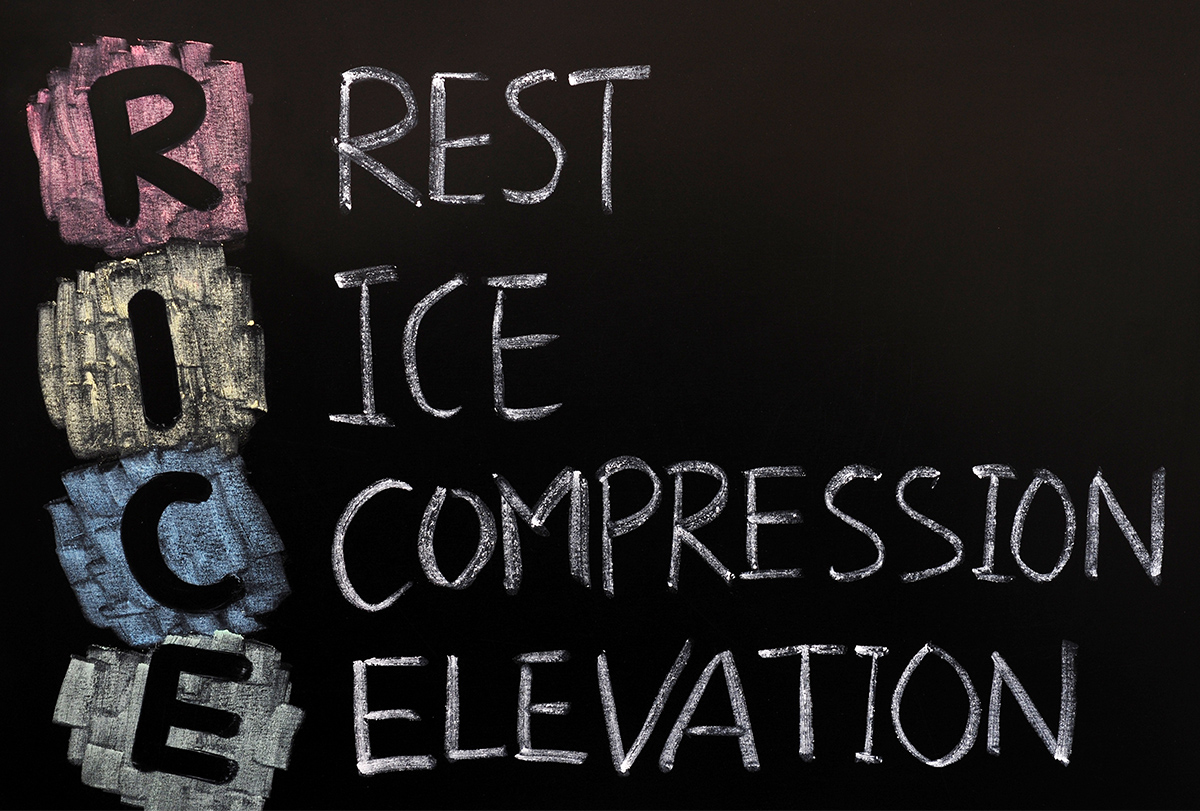
How should compression be applied to the knee?
To properly compress your knee:
- Use an elastic bandage or compression sleeve designed for knee injuries
- Start wrapping below the knee and move upward, overlapping each layer by about half
- Ensure the compression is firm but not tight enough to impair circulation
- Remove the compression at night unless otherwise directed by a healthcare professional
Signs that your compression may be too tight include numbness, tingling, increased pain, or a bluish discoloration of the skin below the wrapped area. If you experience any of these symptoms, loosen or remove the compression immediately.
Elevation: Promoting Drainage and Reducing Swelling
Elevating the injured knee above the level of your heart helps reduce swelling by using gravity to drain excess fluid away from the injury site. This can lead to decreased pain and faster healing.
What’s the most effective way to elevate a knee?
To properly elevate your knee:
- Lie down on a bed or couch with your back supported
- Place pillows under your leg to raise your knee above heart level
- Maintain this position for 15-20 minutes at a time, several times a day
- Try to elevate your knee whenever you’re resting or sleeping

Elevation is particularly effective when combined with the other elements of RICE, especially during the first 24-48 hours after injury. However, it can continue to provide benefits throughout the healing process.
Beyond RICE: Additional Treatments for Knee Pain
While RICE is an excellent first-line treatment for many knee injuries, it’s often used in conjunction with other therapies for optimal results. Depending on the nature and severity of your knee pain, your healthcare provider may recommend additional treatments.
What complementary treatments are often used with RICE?
Common adjunct therapies include:
- Over-the-counter pain medications like ibuprofen or acetaminophen
- Physical therapy exercises to improve strength and flexibility
- Bracing or taping to provide additional support
- Gentle massage to improve circulation and reduce muscle tension
- Acupuncture or other alternative therapies for pain management
It’s important to consult with a healthcare professional before starting any new treatment regimen, especially if your knee pain is severe or persistent.

When to Seek Medical Attention for Knee Pain
While the RICE method is effective for many minor knee injuries, some situations require prompt medical attention. Recognizing the signs that indicate a more serious condition is crucial for proper treatment and recovery.
What symptoms indicate a need for immediate medical care?
Seek medical attention if you experience:
- Severe pain that doesn’t improve with rest and RICE treatment
- Significant swelling that doesn’t subside within a few days
- Inability to bear weight on the affected leg
- Visible deformity of the knee joint
- Signs of infection such as fever, redness, or warmth around the knee
- Instability or a feeling that your knee is “giving way”
These symptoms may indicate a more severe injury such as a ligament tear, fracture, or other condition requiring professional medical intervention.
Long-Term Management and Prevention of Knee Pain
While RICE is primarily used for acute injury management, incorporating elements of this approach into your long-term knee care routine can help prevent future injuries and manage chronic conditions. Understanding how to maintain knee health is crucial for active individuals and those prone to knee issues.
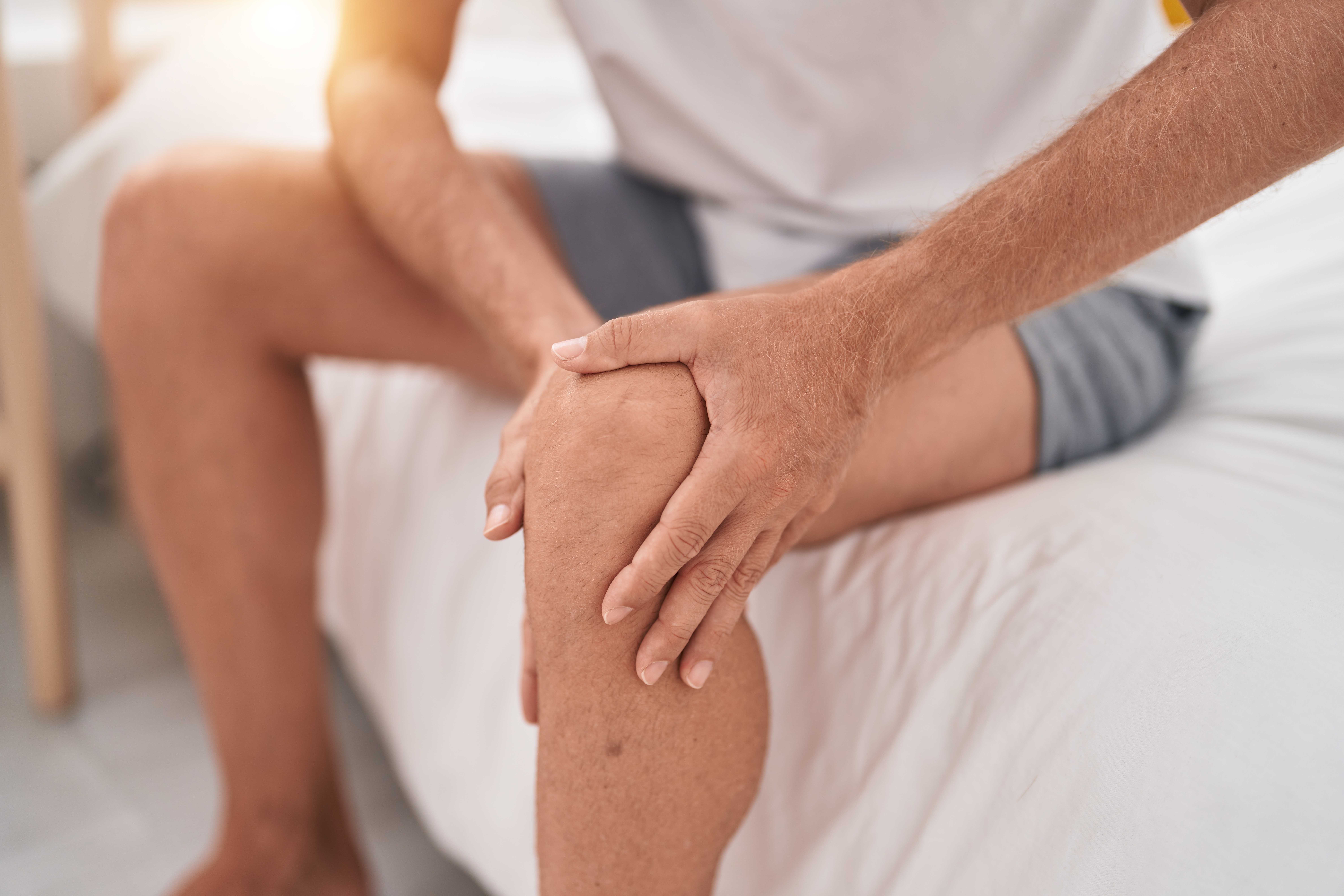
How can you incorporate RICE principles into ongoing knee care?
Consider these strategies for long-term knee health:
- Practice regular strengthening exercises for the muscles supporting the knee
- Maintain flexibility through gentle stretching routines
- Use ice after intense physical activity to prevent inflammation
- Wear supportive footwear and use proper form during exercise
- Maintain a healthy weight to reduce stress on your knees
- Listen to your body and avoid activities that consistently cause knee pain
By integrating these practices into your daily life, you can help maintain healthy knees and reduce the risk of future injuries requiring RICE treatment.
Remember, while the RICE method is a valuable tool for managing knee pain, it’s not a substitute for professional medical advice. If you have persistent or severe knee pain, always consult with a healthcare provider to ensure proper diagnosis and treatment. With the right approach, most individuals can overcome knee pain and return to their normal activities with confidence.
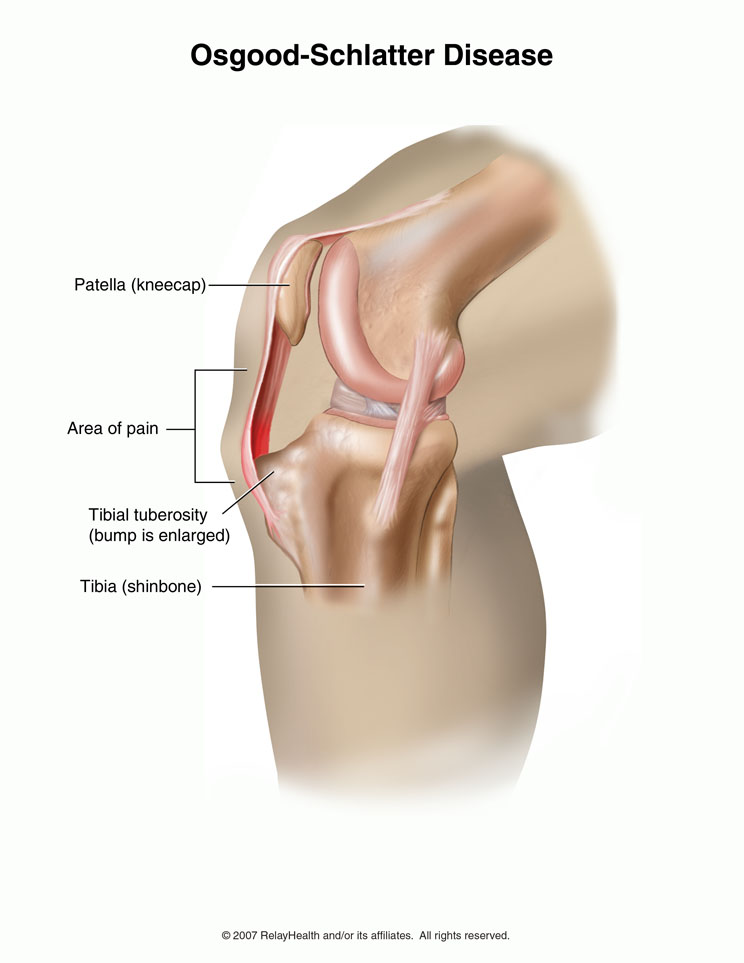
Using RICE Treatment to Help Knee Pain
Posted on Nov 20, 2019, by The Kennedy Center
Whether it’s caused by an injury, arthritis or different medical condition, minor knee pain may be treated by simple self-care measures and precautions taken at home. The exact symptoms of knee pain are different for everyone, but they often present as a constant ache, sharp pain when in use, dull discomfort or even swelling.
RICE is often recommended as the first step to alleviate knee pain. Read on to learn more about the RICE knee treatment and when you should see a doctor.
What exactly is the RICE knee treatment?
In a nutshell, RICE stands for Rest, Ice, Compression and Elevation. Combined, these fours steps can help reduce pain, minimize swelling and help heal your injury. However, if the pain and swelling continue to get worse, it’s time to see a doctor.
The RICE treatment Is a first step for many types of joint pain, from shoulders to knees to ankles.
Rest
The saying, “no pain, no gain,” does not apply to a knee injury. If you’ve injured your knee, rest is essential. Reduce activity level and avoid any activities that are causing the knee pain. If you have rested your knee and followed the RICE treatment for a week or two, and the pain still persists, it is time to visit your doctor.
Listening to your body is important. If an activity is causing you pain, continue to avoid it until your knee feels better. If the pain continues, feels worse or even different than usual, call your doctor. The longer you wait the more you risk the injury getting worse.
Ice
To heal knee pain, ice is the next important step in the RICE treatment. Place a bag of ice, cold pack or even a bag of frozen peas on the knee four to eight times a day, 20 minutes at a time. If the ice is too cold, place a towel between the cold pack and the knee.
Compression
The C in RICE for knee pain stands for compression. Use an elastic medical bandage around the injured knee to help with swelling. The bandage should be wrapped snugly, but not so tightly that it interferes with blood flow. Warning signs that the bandage is too tight are: if the skin below the knee starts to feel tingly or numb or the skin starts to turn blue. If either of these occur, loosen the bandage immediately.
Use an elastic medical bandage around the injured knee to help with swelling. The bandage should be wrapped snugly, but not so tightly that it interferes with blood flow. Warning signs that the bandage is too tight are: if the skin below the knee starts to feel tingly or numb or the skin starts to turn blue. If either of these occur, loosen the bandage immediately.
Elevation
Last, but certainly not least, is elevation in RICE for knee treatment. Keep the injured knee raised above the heart as often as you can. This can help reduce the throbbing, swelling and even pain.
It might seem difficult to get your knee above your heart, but it’s not as tricky as it sounds. One way is to sit or lay down on the couch and prop the hurt leg up with pillows. For those who practice yoga, lay on the floor and put your knees up on a chair or ottoman.
When is it time to see a doctor for knee pain?
Unfortunately, some knee injuries require more than just the at-home RICE knee treatment. If you experience any of these more severe symptoms then it’s time to call a doctor.
If you experience any of these more severe symptoms then it’s time to call a doctor.
- The pain is severe and you can’t put any weight on your knee.
- You can’t bend or move the knee.
- Taking more than four steps causes severe pain.
- There is numbness in or around the knee.
- There is pain in a previously-injured knee.
- The knee buckles when in use.
- There are lumps or bumps other than general swelling.
- The knee looks crooked.
- If after you’ve tried the RICE method for more than a week and the pain or swelling continues, it’s time to call an orthopedic surgeon for an evaluation.
Questions about the the RICE treatment or the other options for treating knee pain? Contact our team at The Kennedy Center, click here.
Sources:
https://www.everydayhealth.com/knee-pain/knee-pain-rice-therapy.aspx
https://www.webmd.com/first-aid/rice-method-injuries
Posted in Knee Surgery |
Leave a comment
RICE Method for Injuries (Rest, Ice, Compression, Elevation)
Written by WebMD Editorial Contributors
Medically Reviewed by Sanjay Ponkshe on May 06, 2023
- Step 1: Rest
- Step 2: Ice
- Step 3: Compression
- Step 4: Elevation
- Treatments Used With RICE
If you’ve ever hurt your ankle or had another type of sprain or strain, chances are your doctor recommended rest, ice, compression, and elevation (RICE) as one of your first treatments. The RICE method is a simple self-care technique that helps reduce swelling, ease pain, and speed up healing.
The RICE method is a simple self-care technique that helps reduce swelling, ease pain, and speed up healing.
You can treat minor injuries with the RICE method at home. You might try it if you have an achy knee, ankle, or wrist after playing sports. If you have pain or swelling that gets worse or doesn’t go away, see a doctor.
The RICE method includes the following four steps:
Pain is your body’s signal that something is wrong. As soon as you’re hurt, stop your activity, and rest as much as possible for the first 2 days. Don’t try to follow the “no pain, no gain” philosophy. Doing so with certain injuries, like a moderate to severe ankle sprain, can make the damage worse and delay your recovery. Doctors say you should avoid putting weight on the injured area for 24 to 48 hours. Resting also helps prevent further bruising.
Ice is a tried-and-true tool for reducing pain and swelling. Apply an ice pack (covered with a light, absorbent towel to help prevent frostbite) for 15-20 minutes every two to three hours during the first 24 to 48 hours after your injury. Don’t have an ice pack? A bag of frozen peas or corn will work just fine.
Don’t have an ice pack? A bag of frozen peas or corn will work just fine.
This means wrapping the injured area to prevent swelling. Wrap the affected area with an elastic medical bandage (like an ACE bandage). You want it to be snug but not too tight — if it’s too tight, it’ll interrupt blood flow. If the skin below the wrap turns blue or feels cold, numb, or tingly, loosen the bandage. If these symptoms don’t disappear right away, seek immediate medical help.
This means raising the sore body part above the level of your heart. Doing so reduces pain, throbbing, and swelling. It’s not as tricky to do as you might think. For example, if you have an ankle sprain, you can prop your leg up on pillows while sitting on the sofa. The CDC recommends you keep the injured area raised whenever possible, even when you’re not icing it.
Your doctor may suggest using nonsteroidal anti-inflammatory medications (like ibuprofen or naproxen) along with the RICE treatment. These are available over the counter and by prescription. Talk to your doctor about your health history before taking these medications.
Talk to your doctor about your health history before taking these medications.
© 2023 WebMD, LLC. All rights reserved. View privacy policy and trust info
Top Picks
knee pain – causes and treatment
Symptoms of knee pain
The symptoms of knee pain depend on its cause and severity. Knee pain is a common problem.
Sudden pain in the knee occurs with too much stress and injury.
There may be weakness in the knees, to the point of feeling that the legs are about to give way.
Depending on the cause of the pain, other symptoms may occur: stiffness, clicking in the knee, stuck knee joint in one position, inability to straighten the leg.
How does knee pain affect us?
Knee pain is more common in the elderly, overweight (due to increased stress on the joints) and during sports. The knee joints provide freedom of movement, so knee pain greatly affects our lives. With knee pain, we cannot play sports, it is difficult for us to walk and climb stairs.
Ease the pain
DID YOU KNOW?
The knee joint is made up of three bones, tendons that attach muscles to bones, and ligaments that stabilize and connect bones. In the cavity of the knee joint there are two C-shaped cartilages – the menisci. Their main role is to cushion the joint. A fluid-filled bursa keeps the joint moving smoothly.*
69% of people have experienced knee pain.**
Get rid of pain
*Knee (human anatomy): images, functions, ligaments, muscles.:max_bytes(150000):strip_icc()/arthritis-knee-pain-treatment-at-home-5100961_final-042c7c7e2ab14735b3b838920fcca190.jpg) 2016 Knee (Human Anatomy): Images, Functions, Ligaments, Muscles. [ONLINE] available at: http://www.webmd.com/pain-management/knee-pain/picture-of-the-knee. [checked 04/18/2016].
2016 Knee (Human Anatomy): Images, Functions, Ligaments, Muscles. [ONLINE] available at: http://www.webmd.com/pain-management/knee-pain/picture-of-the-knee. [checked 04/18/2016].
**Global Pain Index 2014: GSK-supported study, full report, p. 47
Why knee pain occurs
Knee pain is caused by trauma (sprains and tendons, sprains, torn ligaments or menisci), osteoarthritis, tendonitis (inflammation of the tendons) and bursitis (fluid accumulation in joint capsules).
Sports injuries
Knee injuries are common among athletes. They often have a ligament tear in the knee joint, accompanied by sudden pain in the knee. Running, walking, jumping, and cycling can cause runner’s knee syndrome when the knee joint is overstressed, for example. It usually manifests itself in the form of pain in the patella and occurs due to excessive exertion, injury, diseases of the leg bones or muscle weakness.
Inflammatory processes in the knee joints
Damage to the knees in osteoarthritis develops gradually.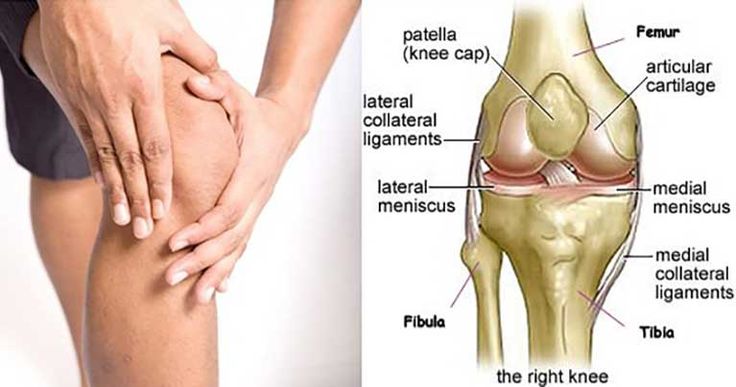 If, as a result of problems with the hip or ankle joints, a person’s gait is disturbed, then osteoarthritis leads to deformity of the knee joints. This, in turn, is fraught with injury. Knee injuries, even minor ones, increase the likelihood of such injuries in the future.
If, as a result of problems with the hip or ankle joints, a person’s gait is disturbed, then osteoarthritis leads to deformity of the knee joints. This, in turn, is fraught with injury. Knee injuries, even minor ones, increase the likelihood of such injuries in the future.
Find the cause of the pain
Pain in the side of the knee can be caused by a torn ligament or a tear in the meniscus (cartilage that stabilizes the joint). Pain in the front of the knee is usually due to inflammation of the joint capsule and cartilage problems. Pain in the back of the knee can be caused by osteoarthritis.
Treatment
How to diagnose and treat knee pain depends on the cause of the pain. To determine it, you need to consult a doctor. The doctor will examine your knee, check its mobility, swelling, bruising and local temperature increase. Your doctor may recommend physical therapy and a knee brace to relieve pain, refer you for additional tests (x-rays, MRIs, ultrasounds, or CT scans), show you exercises to strengthen your knee, and prescribe non-steroidal anti-inflammatory drugs (NSAIDs) to relieve pain and treat its causes. In addition, after consulting a doctor at home, you can provide protection and rest to the injured knee, apply ice, apply a compression bandage and keep the knee above the level of the heart. Over-the-counter topical and internal pain medications can be taken to relieve short-term mild pain and reduce inflammation.
In addition, after consulting a doctor at home, you can provide protection and rest to the injured knee, apply ice, apply a compression bandage and keep the knee above the level of the heart. Over-the-counter topical and internal pain medications can be taken to relieve short-term mild pain and reduce inflammation.
Our products
Find out how GSK products can help you
Find the right Voltaren product to help you
relieve your pain.
Learn more
Find out more
Exercise and our body
Find out why exercise is good and how physical activity helps us stay healthy and relieve pain.
Learn
How does Voltaren Forte help relieve osteoarthritis pain?
Osteoarthritis is one of the main causes of joint pain. Find out how Voltaren Forte helps relieve osteoarthritis pain.
Find out
Pain in the knee joint of the right or left leg: causes and treatment
Symptoms of knee pain
Symptoms of knee pain depend on its causes and severity.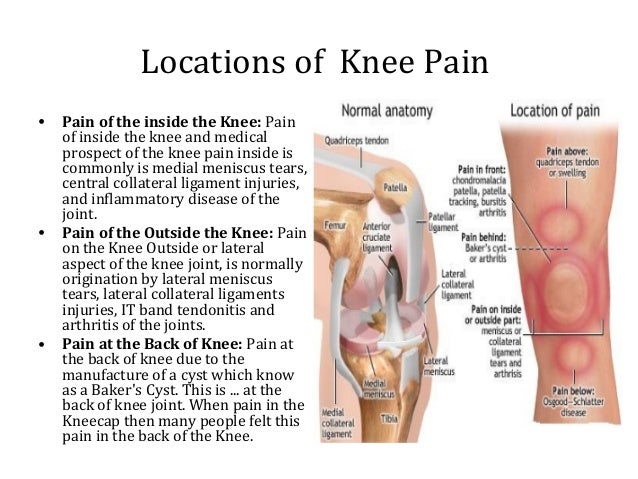 Knee pain is a common problem.
Knee pain is a common problem.
Knee pain can come on suddenly with too much stress and injury.
The knees can often become unstable or weak, to the point of feeling like the legs are about to give way.
Depending on the cause of the pain, other symptoms may occur: stiffness, clicking in the knee, jamming of the knee joint in one position, inability to straighten the leg.
How does knee pain affect us?
Knee pain is more common in older people, who are overweight (due to increased stress on the joints) and when playing sports. The knee joints are actively involved in movement, so knee pain greatly affects our lives. With knee pain, we cannot play sports, it is difficult for us to walk and climb stairs.
Relieve Pain
The knee joint is made up of three bones, tendons that attach muscles to bones, and ligaments that stabilize and connect bones. In the cavity of the knee joint are two C-shaped cartilages – menisci. Their main role is to cushion the joint. A fluid-filled bursa keeps the joint moving smoothly.*
Their main role is to cushion the joint. A fluid-filled bursa keeps the joint moving smoothly.*
80% of people surveyed have experienced knee pain**
Relieve Pain
*Knee (Human Anatomy): Pictures, Functions, Ligaments, Muscles. 2016 Knee (Human Anatomy): Images, Functions, Ligaments, Muscles. [ONLINE] available at: http://www.webmd.com/pain-management/knee-pain/picture-of-the-knee. [checked 19.02.2019].
** According to the Global Pain Index 2018 survey, 80% of 24,000 respondents experienced knee pain
Why does knee pain occur?
rupture of ligaments or menisci), as well as osteoarthritis, tendinitis (inflammation of the tendons) and bursitis (fluid accumulation in joint bags).
Sports injuries
Knee injuries are common among athletes. They often have a ligament tear in the knee joint, accompanied by sudden pain in the knee. Excessive stress on the knee joint, such as when running, walking, jumping and cycling, can cause the so-called “runner’s knee” (or tibial tract friction syndrome). It usually manifests itself in the form of pain in the patella and occurs due to excessive exertion, injury, disease of the leg bones or muscle weakness.
It usually manifests itself in the form of pain in the patella and occurs due to excessive exertion, injury, disease of the leg bones or muscle weakness.
Other causes
Knee injuries can develop gradually with osteoarthritis. If, as a result of problems with the hip or ankle joints, a person’s gait is disturbed, this, in turn, can cause an asymmetry in the load on the knee joints, which, in turn, is fraught with injuries. Knee injuries, even minor ones, increase the likelihood of similar injuries in the future.
Determine the cause of the pain
Pain in the side of the knee may be due to ligament damage and a tear in the meniscus (cartilage that stabilizes the joint). Pain in the front of the knee is usually due to inflammation of the joint capsule and cartilage problems. Pain in the back of the knee can be caused by osteoarthritis.
Treatment
How to diagnose and treat knee pain depends on the cause of the pain.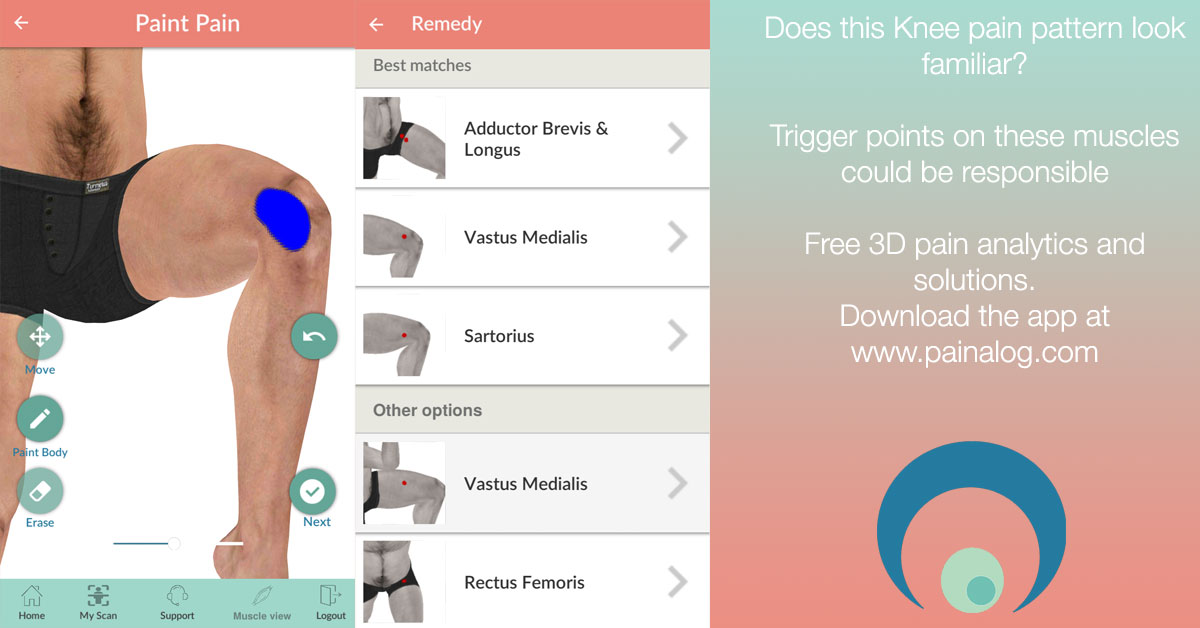 To determine it, you need to consult a doctor. The doctor will examine your knee, check its mobility, swelling, bruising and local temperature increase. The doctor may recommend physical therapy and a knee brace to relieve pain, refer you for additional tests (X-rays, MRI, ultrasound, or CT), as well as show you exercises to strengthen the knee joint, and prescribe non-steroidal anti-inflammatory drugs to relieve pain and treat its cause. In addition, after consulting a doctor, at home, you can provide protection and rest to the injured knee, apply ice, apply a compression bandage and keep the knee in an elevated position. Over-the-counter topical and internal pain relievers can help relieve short-term, moderate pain and reduce inflammation.
To determine it, you need to consult a doctor. The doctor will examine your knee, check its mobility, swelling, bruising and local temperature increase. The doctor may recommend physical therapy and a knee brace to relieve pain, refer you for additional tests (X-rays, MRI, ultrasound, or CT), as well as show you exercises to strengthen the knee joint, and prescribe non-steroidal anti-inflammatory drugs to relieve pain and treat its cause. In addition, after consulting a doctor, at home, you can provide protection and rest to the injured knee, apply ice, apply a compression bandage and keep the knee in an elevated position. Over-the-counter topical and internal pain relievers can help relieve short-term, moderate pain and reduce inflammation.
Exercises to relieve knee pain
Knee pain is common: out of 100 people who complained of pain, 80 reported knee pain*. Three simple exercises will help make the muscles that support the knee stronger and more flexible.
